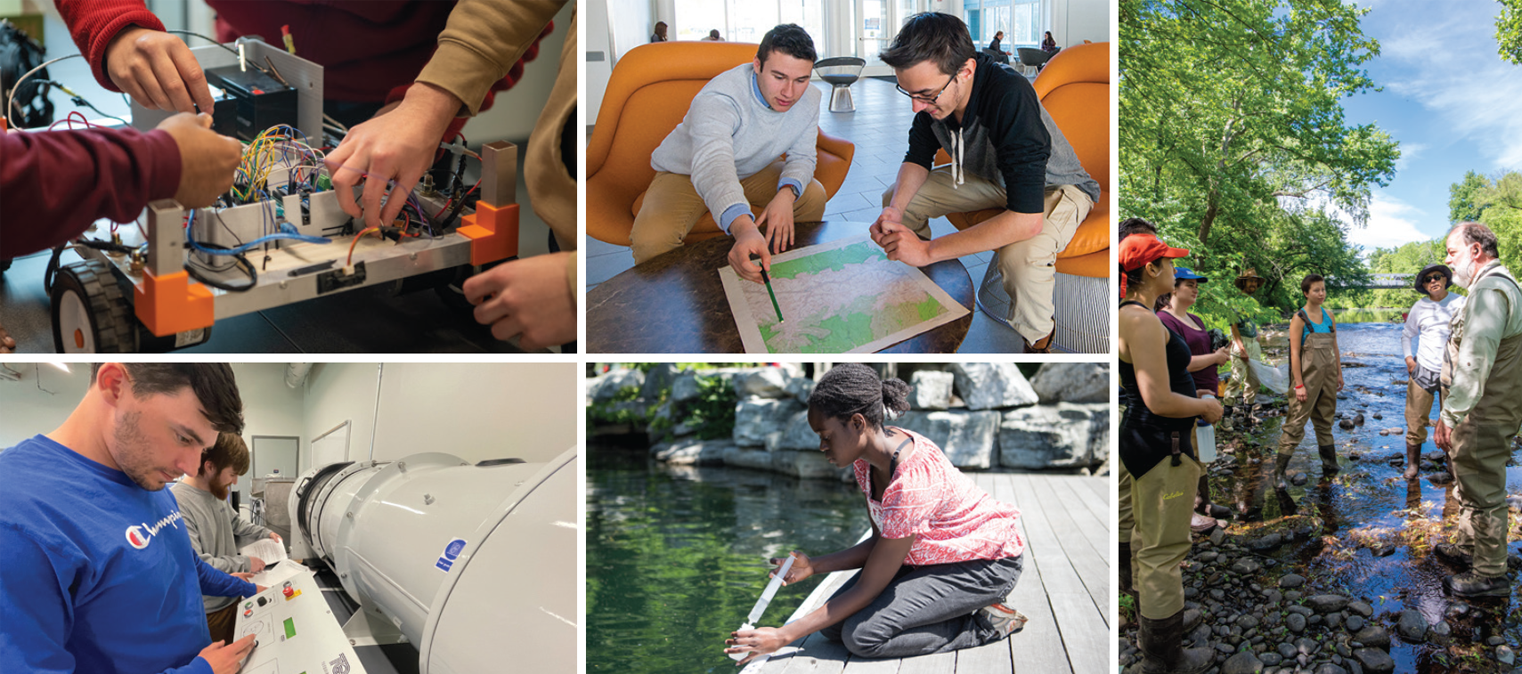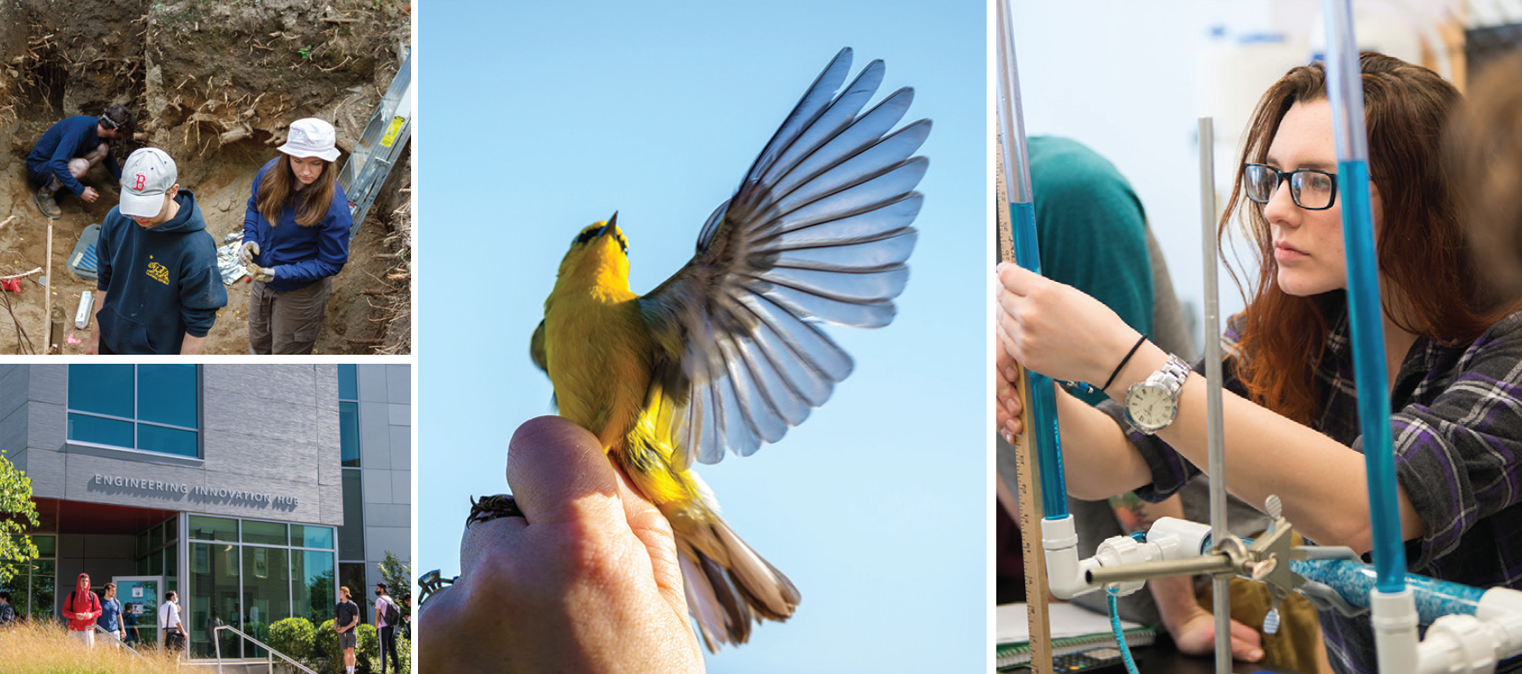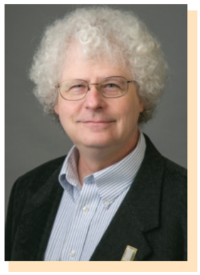and new problems solved. Our strong ties with business and industry, coupled with opportunities for research, internships and cooperative education, provide our students with unparalleled experiences.
Astronomy
Biochemistry
Biology
Chemistry
Computer Science
Computer Engineering
Electrical Engineering
Environmental Science
Geology
Mathematics
Mechanical Engineering
Physics
has been the fastestgrowing school at SUNY New Paltz in recent years, fueled by the construction of two new, state-of-the-art buildings and other investments in research, programs and student support. With remarkable natural resources close to campus, students have access to a range of diverse environments for field study. Many faculty members lead research teams locally, helping students establish connections with regional organizations and employers.
We are especially focused on providing undergraduate students with the kinds of faculty-mentored research and fieldwork experiences that let you apply classroom learning in real-world settings. Undergraduate research is not only correlated with success in postgraduate education, but is also viewed by employers as an indicator of the skills and adaptability that are always in high demand across STEM fields.

cutting-edge facilities and programs that support STEM students across all our majors and minors. With fully equipped labs, an on-campus planetarium and a leading academic 3D printing and additive manufacturing center, we have the tools and know-how to help you unlock your full potential.
 American Chemical Society (ACS)
American Chemical Society (ACS)


The School of Science & Engineering is so excited to welcome you to our beautiful Hudson Valley campus!
The School of Science & Engineering provides a rigorous education with an emphasis on problem-solving, creative thinking and teamwork. Opportunities abound for undergraduate research and design. We can’t wait to see what you can do!
Our SSE Instagram account (@newpaltzsse) gives a great inside look into what it is like to be a science student at SUNY New Paltz. Please connect with us to stay up to date on new and exciting opportunities, as well as upcoming events, lectures, etc.
Thomas G. Nolen
Interim Dean, School of Science & Engineering
SUNY New Paltz
The School of Science & Engineering
State University of New York at New Paltz
1 Hawk Drive
New Paltz, NY 12561-2443
